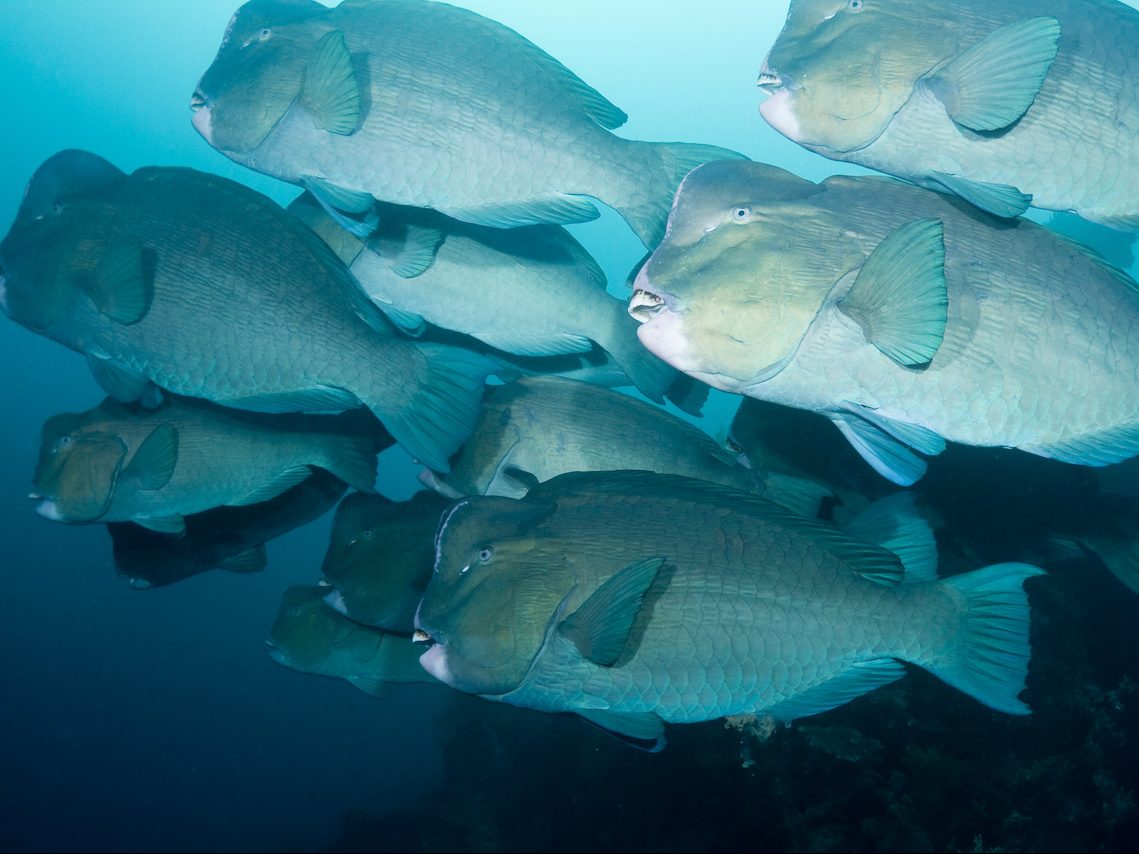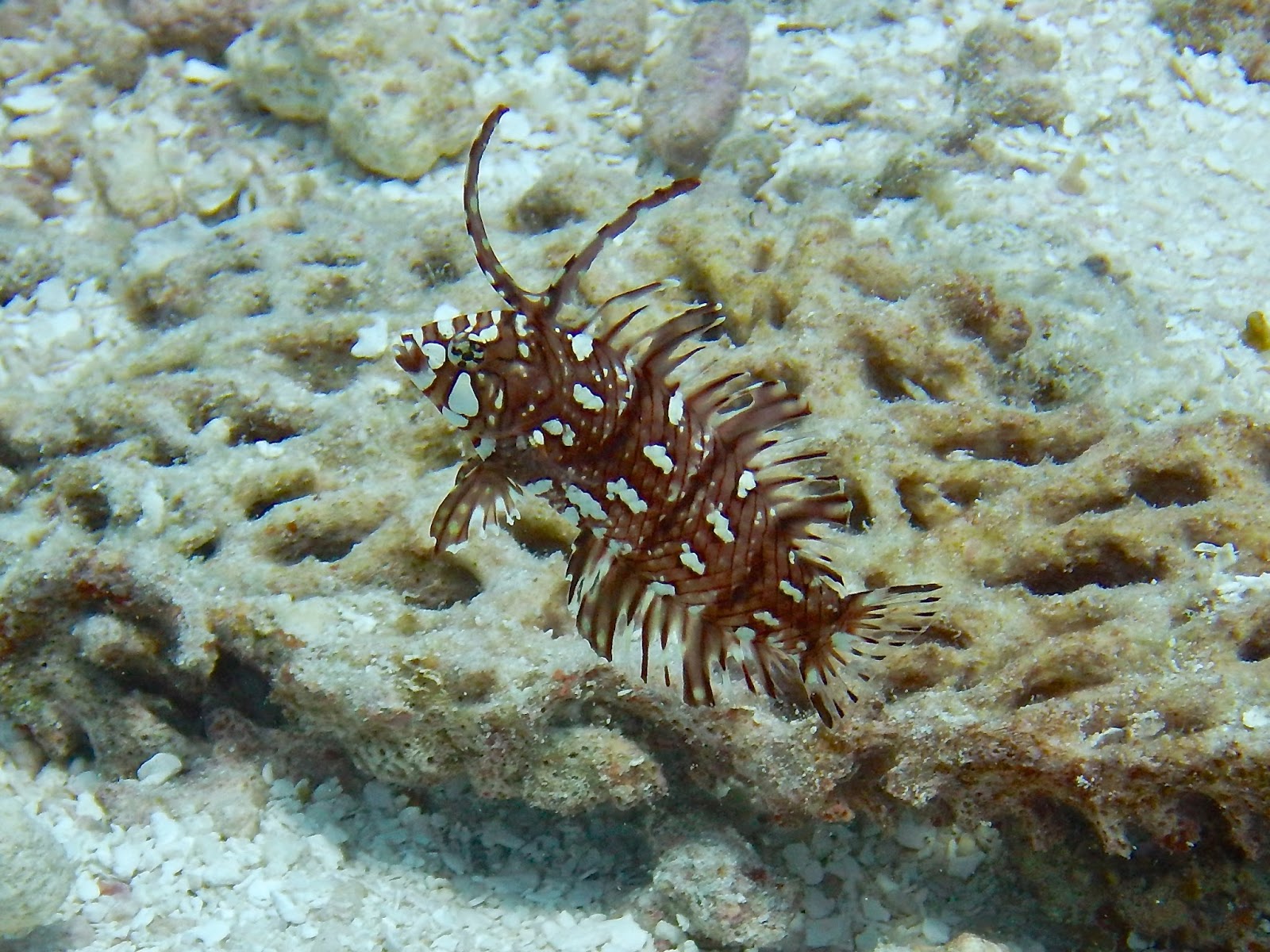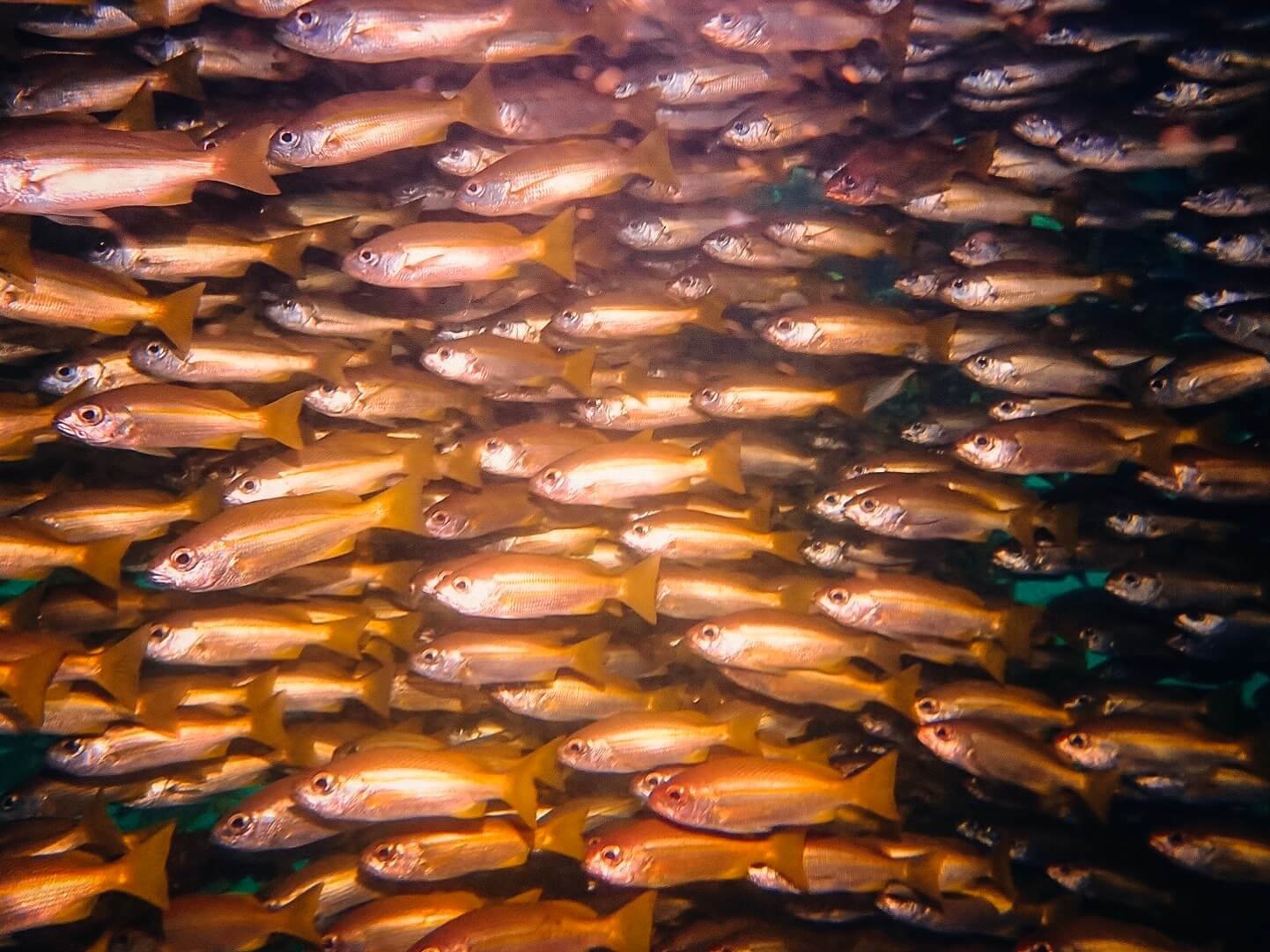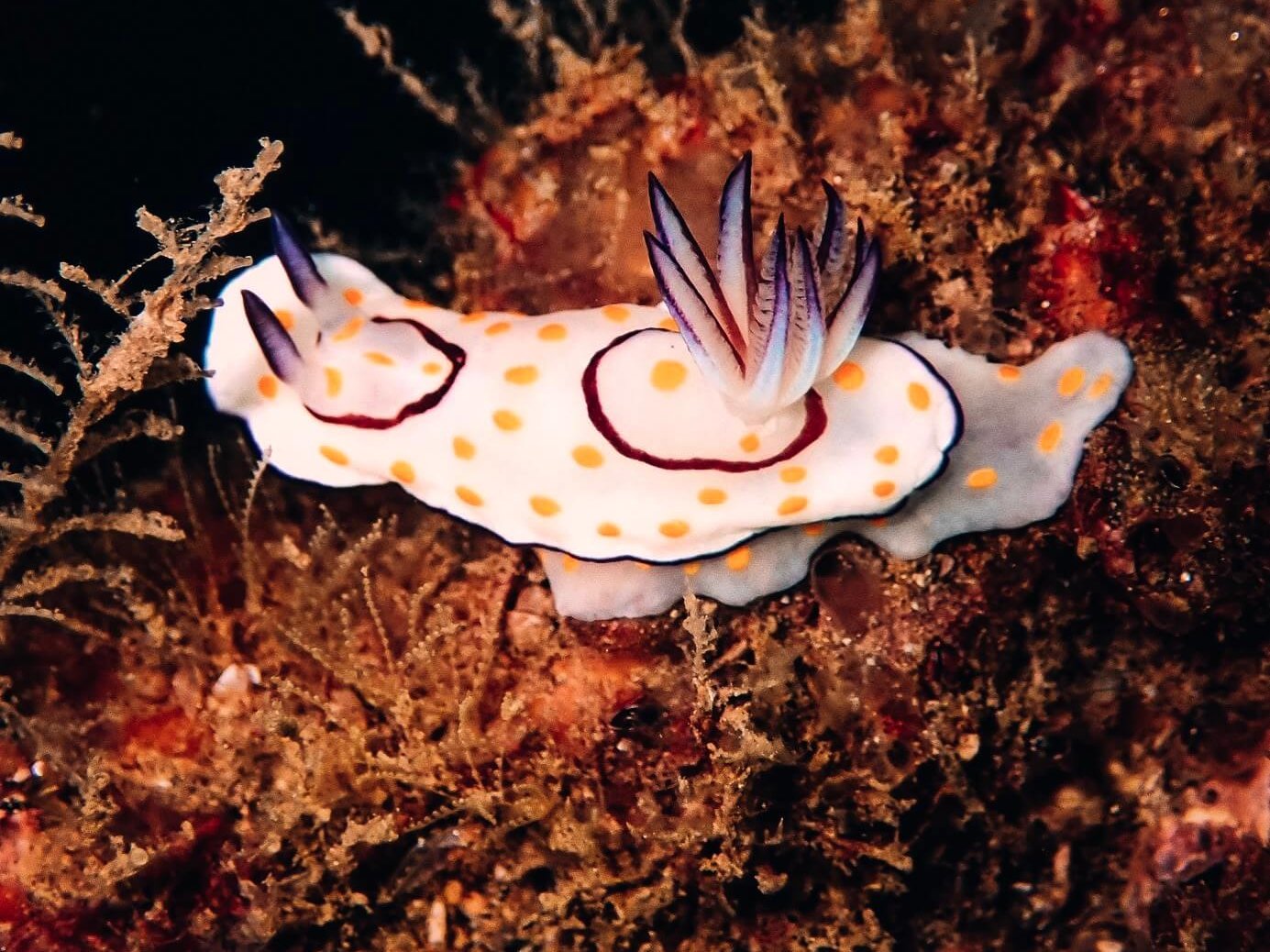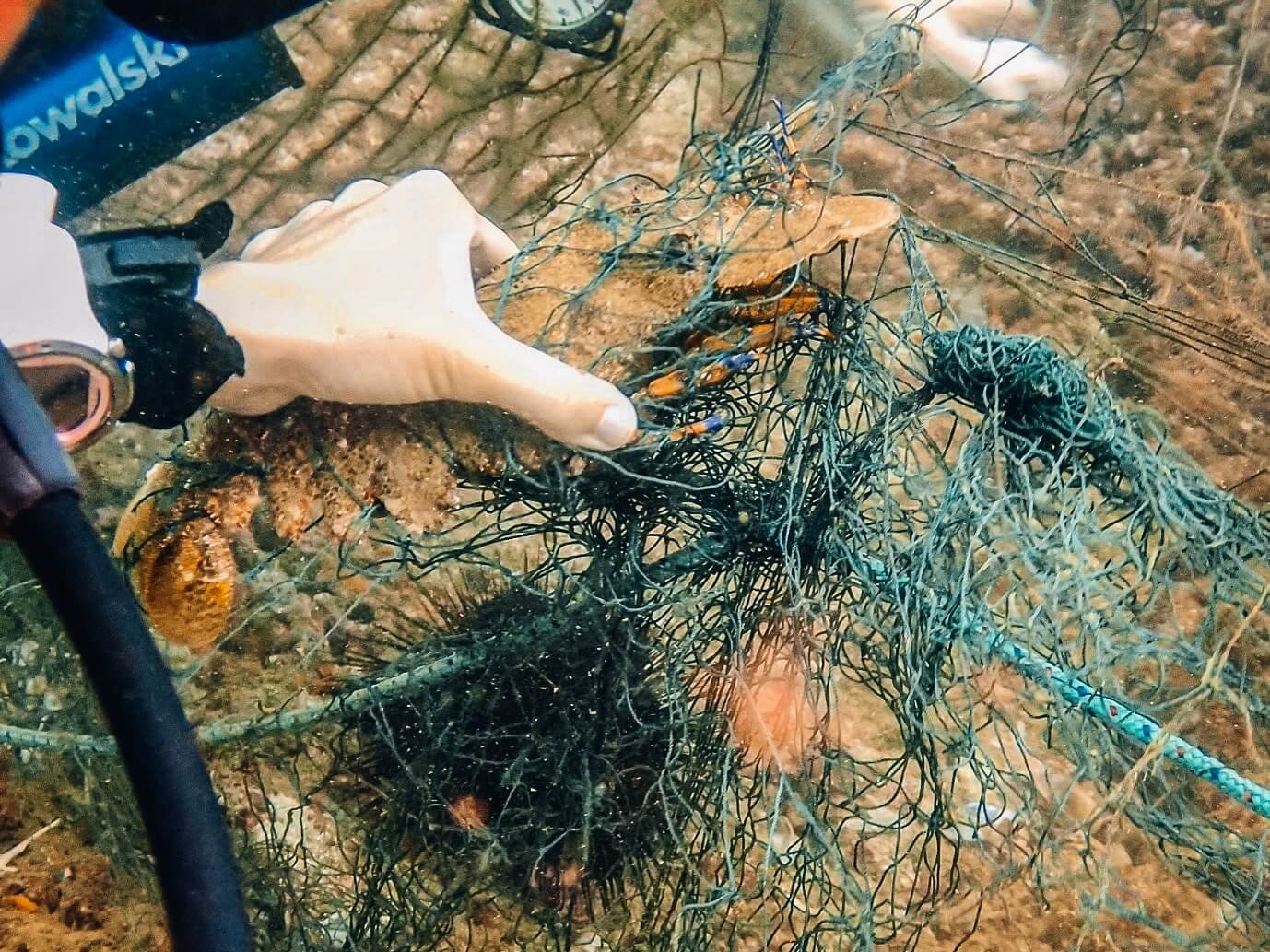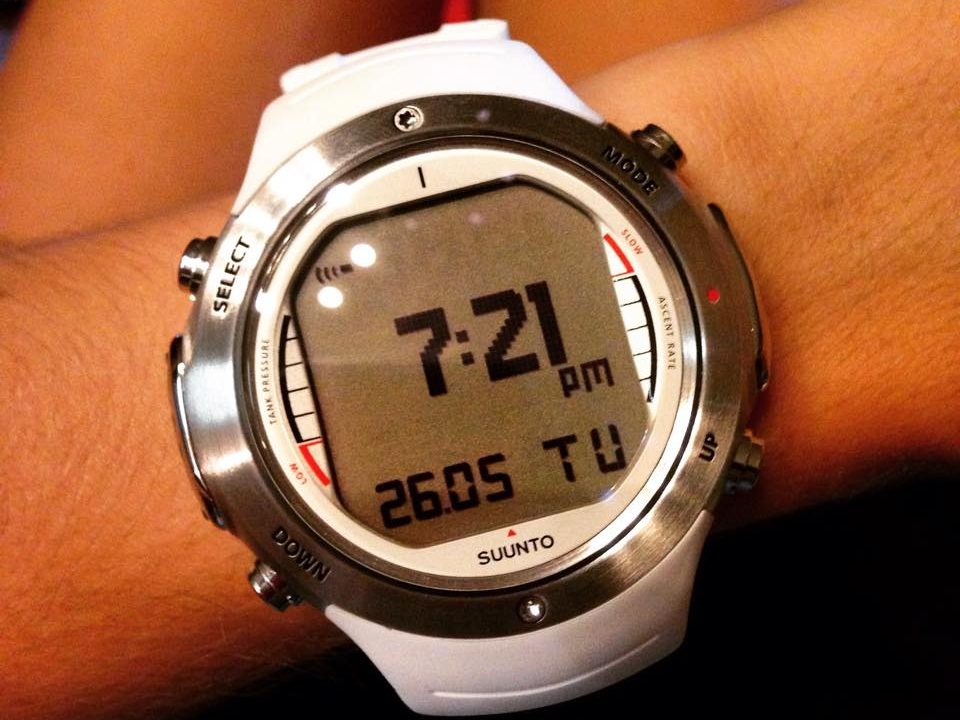
Choosing dive gear can be a very daunting task when you are new to the sport. It can get fairly expensive and the options are endless. Should you buy a full set straight away? Or accumulate a few pieces at a time as you become more comfortable in the water? Opinions differ greatly on gear so be sure to do your research. Here are my own personal preferences on gear based on five years of diving, two years as a professional, and a couple years in dive retail.
First buy your mask, snorkel, and fins. Some dive shops will consider these essential items that you should already own when you sign up for scuba lessons. While all other gear will typically be included, sometimes there is an additional fee if you need to rent a mask, snorkel, and fins as well. That aside, this is nice gear to have for snorkeling.
Mask
How to choose: A mask is one of the few pieces of gear where online reviews are not going to help you. Go into your local dive shop, try on every mask available, and the most comfortable one is the one that is right for you. To try on a mask, hold it up to your face (glasses off if you wear them) with the strap out of the way, and inhale slightly. The mask should seal to your face. (Don’t worry, when you exhale the seal is supposed to break). If the mask doesn’t seal, it is not a good fit. If the frame hits the bridge of your nose, the mask is not a good fit. Once you’ve narrowed down your selection, choose the mask that is the most comfortable.
My pick: Tusa FreedomOne. This mask has the softest silicone skirt of any I have tried. I have a small space between my nose and my upper lip and this is one of the few masks where the skirt doesn’t dig into my lip. The seal is so perfect that I’ve gone entire dives not realizing the strap was floating up above my head.
Color consideration: While a clear skirt will let in more light, it also allows for a lot of glare from the sun. I prefer a black skirt which reduces this glare. A good illustration of this is to imagine looking into a shop widow. Likely the first thing you will do is cup your hands around your eyes to reduce the glare. A black skirt accomplishes the same task with your mask as cupping your hands does with the store window.
Snorkel
How to choose: There are three different kinds of snorkels. (1) A rigid snorkel with no bells or whistles. (2) A semi-dry snorkel, which has a purge valve at the bottom and a splash guard at the top. This lessens the amount of water that can enter the snorkel. (3) And a dry snorkel, which has a purge valve at the bottom and a float at the top that closes off to prevent water from getting in. Dry snorkels are good for beginner snorkelers who only want to stay at the surface and have trouble purging their snorkels of water. As you become more confident in the water though, diving below the surface usually causes the float to jam, making it difficult to breathe upon returning to the surface. For this reason I have given up on dry snorkels.
My pick: Rigid snorkel. For reasons revolving around free-diving that I won’t go into here, I prefer rigid snorkels. The one I currently use is made by ScubaPro. The mouthpiece is small and a little too flexible so I am still on the hunt for a better option.
My recommendation to newer divers: If you are new to the sport and not completely confident in the water yet, I would recommend a semi-dry snorkel. The purge valve at the bottom makes it easier to use and the splash guard at the top adds a little bit of comfort for surface swims.
Fins
How to choose: Fins are available as either full foot or open-heel. If you are going to be diving in tropical water and primarily off of boats, then full foot fins are fine. For any colder water or shore diving, you will want to wear a boot, which requires an open-heel fin. Both kinds of fins then come in either a blade or split version. A blade will give you more power and is crucial if you are going to be diving in any sort of current. A split fin is beneficial if you are prone to cramping as it will ease your kick.
My pick: ScubaPro, Seawing Nova. This fin is design perfection, not to mention it looks super cool. This was ScubaPro’s solution to combining the power of a blade fin with the kicking easibility of a split fin. The result is one of the most powerful fins on the market.
Booties
My pick: ScubaPro Delta boot.
Pros: This boot holds up! My pair has roughly 250 dives now and still looks brand new. The rubber armor covering most of the foot ensures that the toe doesn’t ware out, which was the first thing to go with my last Aqualung pair.
Cons: This boot is a better fit for a wider foot. And apparently you have to have zero body fat to go along with your wide foot because I have trouble getting the ankle zippers to zip all the way up. (I usually just fold the ankles over as I mostly dive in warm water.)
For a boot with a narrower foot bed try: O’Niell brand boots.
For a boot with a wider ankle try: Aqualung Ellie Ergo Boot. This one is designed with women’s “cankels” in mind.
~~~
Your next investment should probably be a dive computer. This is something that is personalized to you, and may take a few dives to learn. You can rent dive computers on vacation, but depending on the dive shop, the manual may or may not come with the rental, in which case it is up to you to get online and learn how to use your computer. A lot of people skip this and end up with a computer on their wrist that they don’t know how to use, and hence, ignore for the entire dive. Even if you do take time out of your vacation to learn how to use it, next time you go on vacation to a different dive shop, they will probably offer a different computer to rent and you will have to repeat this process. Save yourself all of this, buy a computer, learn to use it once, personalize it to your needs, and be a safer and happier diver for it.
Dive Computer
How to choose: Computers are available as consoles, which you will attach to a hose on your regulator’s first stage, or as a wrist unit. Consoles will always be air integrated, that is they tell you how much air you have remaining. With wrist units you will have to purchase either a separate air gauge, or a wireless transmitter (with compatible computers). Computers range in price from $300 to well over $1000. The most basic computers are always going to have all the main features that are essential. More expensive computers start adding on features (such as compasses and Nitrox modes) that enhance your diving experience. Decide where you want to go as a diver. If you see yourself going on a few dives a year just for the fun of it, a basic computer will be just fine. If you plan on continuing your diving education or even becoming a professional one day, it’s time to do some research on all the different features available and see what best fits your needs.
My Pick: Suunto, D6i, Air Integrated. My first dive computer was a Suunto Vyper and I fell in love with the user interface. My only qualms with it were that the wireless technology just wasn’t there yet, it would usually loose the air signal around 100 bar, and its hockey puck design didn’t allow it to be worn as a watch during surface time. I just recently upgraded to the D6i and couldn’t be happier. It has the exact same user interface, a few additional features including a handy freediving mode, the bugs with the wireless technology seem to have been ironed out, and it can be worn as a watch.
Pros: Very easy to use.
Cons: One of the more conservative computers on the market. Overly sensitive ascent sensor (mine will start blaring alarms if I raise my hand up while ascending).
~~~
Next on your shopping list should be a wetsuit. Sure you can rent these very easily, but having worked in a number of different dive shops and seen how the rentals are treated, I will never wear a rental again. We have a joke in the dive community that there are two kinds of divers: those who pee their wetsuits, and those who lie about it… Enjoy that rental.
Wetsuit
How to choose: wetsuits come in varying thicknesses and lengths. The colder the water you are going to be diving in, the thicker the wetsuit you will want. Furthermore, you can buy a full-length suit, a shortie, or merely a vest. I generally think a good place to start for tropical climates is a 3mm full-length suit. Full-length suits are a good idea because they offer protection from the environment such as jellyfish stings.
My Pick: Henderson, Aqualock 3mm. This is without a doubt the softest, stretchiest, coziest wetsuit on the market, and their 3mm suit is as warm as most other 5mm suits.
Creating variability: I also own a neoprene vest which can be worn under my suit to make it warmer, or on its own if it is too warm for a wetsuit to be worn.
~~~
Finally a BCD and regulator are typically the last items to be purchased. They are an investment, which means that you are fully committed to your future in diving by this point.
BCD
How to choose: There are two main styles of BCD, a full vest inflate and a back inflate. A full vest inflate will allow you to float upright while at the surface whereas a back inflate will push you forward. A back inflate is less bulky and gives you more flexibility of movement.
My pick: ScubaPro, GO. This is currently the only full vest BCD on the market that is designed with the traveler in mind. (I prefer full vest inflates because as an instructor, a lot of time is spent floating at the surface). Whereas most full vest BCDs are fairly bulky and take up an entire suitcase on their own, this one packs up neatly into a nice little bag. I am a true minimalist when I travel and so the size of this alone is what sold me on it.
Pros: all the function of a full vest BCD combined with the travel-friendliness that you would typically only get with a back inflate. Integrated weight pockets eliminate the need for a weight belt.
Cons: The pockets are only big enough to hold about two small items each. (I keep an smb and reel in one, and a torch and reef hook in the other). I am a small person and the XS is still a little bit big on me.
Runner-up: Aqualung Soul. If I wasn’t as concerned with bulk when traveling, I would be all over this BCD in Aqualung’s line of women’s gear. A while back our Aqualung rep brought one in for my coworker and I to try on and it fit like a glove! Not only that but Aqualung’s Wrapture harness technology impressively made carrying a tank around on the ground seem virtually weightless.
Regulator
Ooh mechanics… I’m not going to tease myself and pretend I know what I’m talking about here. I will tell you this though, EVERY person I talked to before buying my first reg set said the same thing: ScubaPro MK 25 / S600.
The ease of breathability in this regulator is unmatched, whether you are diving in deep water, cold water, in currents, or upside down. The materials used in the high pressure seat are of ScubaPro’s own design, and they do not wear out.
My pick: ScubaPro MK 25 / S600 Black tech. There is no added functionality with the black tech beyond that it looks cool. And I’m a sucker for pretty gear.
Octopus
How to choose: A standard octopus is an additional second stage that comes off of a hose attached to your first stage. This is what most people will usually recommend. There is another option though, and that is an air2. With this your octopus is attached to your low pressure inflator. It has the advantage of eliminating a hose. It has the disadvantage of putting both you and your buddy in an out-of-air situation should you need to share air (you take on your air2, temporarily putting yourself out of air, and hand your primary over to your buddy).
My pick: ScubaPro Air2. I’ve already mentioned that I am a minimalist when I travel and the fact that air2 lets me eliminate a hose was the reason I went in this direction.
Pros: One less pesky hose to worry about streamlining.
Cons: Air2 uses a different sized low pressure inflator hose, so if anything malfunctions, good luck finding a backup on the spot.
For more in-depth guides to dive gear and recommendations, visit the gear section of sportdiver.com. They are always writing reviews on the latest gear and creating lists of their top choices in various categories, from rundowns of the year’s best fins to the best gear for beginner divers.










